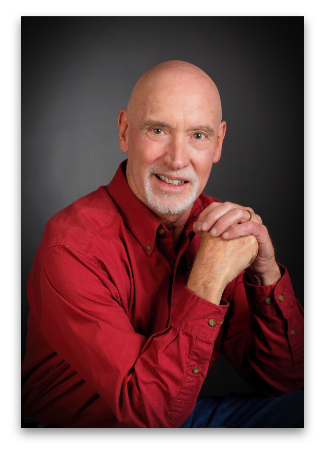I spent several weeks contemplating additional "context" that I would add to the following article, which was published originally in the Salt Lake Tribune in 2002. I was going to harp on how all humans have the same DNA, how we all share the same planet, breathe the same air, have the same fundamental needs, and so on and on. But after getting deeper and deeper into a hole of my own making, I've decided the original article speaks for itself. I am merely changing the title from the Tribune's "A Teacher in Babel," to one I'd prefer: Alternatives to Extinction: Learning Together.
Kids in my sixth-grade class on the west side of
Salt Lake City rarely focus on skin color or type of
hair, but rather on their own fundamental urge to be
accepted and treated with dignity.
If you came into one of my science classes, you'd
find groups of kids huddled around microscopes, talking away about what they're learning -- and you'd be hard-pressed to decide who came from where since they come from five states, the Congo, Bosnia, the Dominican Republic, Mexico, Somalia, Tonga, Iran, Afghanistan, Pakistan, Iceland, Italy and Vietnam.
classrooms. Often these young people are the most
hard-working, conscientious students, and serve as
valuable role models. One of my students from Mexico
recently went on to be valedictorian in junior high; one of my sixth-grade Mexican boys reads books on a 12th grade level, to cite two examples.
These children are more than willing to help peers
with reading, writing or math when they can, regardless of where they're from. Teachers depend on this. One of my Tongan students is recording stories for an African-American boy so he can practice reading at home.
I communicate with a girl from Iran through her
Farsi-speaking neighbor, from Pakistan. A Bosnian and an African-American student did a great science project together about the effect of speed on car crashes.
We hear many languages every day in our school. I
used to joke with kids who arrived early every day,
telling them they made me think I was in Mexico since
they spoke mostly Spanish before others arrived. One
girl in my class speaks and writes in four languages;
trilingual students are common. We hear Somalian,
Tongan, Bosnian, German and other languages regularly.
At school functions, we have Tongan or Mexican
dancing, singing or music, or a celebration of some
other country's holidays, or cooking that originated far away. All are educational, entertaining experiences, and a way for those cultures to show pride in their own heritage.
Unique individuals with powerful interests come
through our doors, widening our horizons. I think of a Native American girl who had an exceptional interest in animals and science, a Mexican boy who read all the Newbury Award books he could find, a Vietnamese boy who loved to entertain, a Chinese girl who was determined she'd be a surgeon, an Afghan girl who is an excellent artist, a young Tongan lady whose basketball team placed second in national competition.
This scratches the surface of young people with
extraordinary talent and aspirations I've met.
With this diversity, of course, comes no shortage of
"challenges to be met." For example, a woman who spoke no English was informed that her child had suffered a "bad fall." Her child's name, associated with the word "bad," set off an understandably emotional reaction that took some time to ease with no translator present.
Exclusive or aggressive cliques occasionally form
and need to be defused, and it's impossible to get all the requested translators for parent conferences. Poverty and extreme hardship, and sometimes illiteracy, may preclude adequate help with homework. And once in a while, lack of exposure to any school at all, or life in refugee camps, make adjustment to school extremely difficult.
Nevertheless, the experiences of these children
teach us much. They have taught us of war and hardship and the challenge of moving to America. One girl wrote about her family and told how her brother and father were lost in Afghanistan. She still doesn't know if her father is dead or alive, yet this girl maintains one of the friendliest dispositions you could imagine.
Several of my students wear burkas. One of my Muslim
boys read us an article about burkas last year after
Sept. 11, and told us about the peaceful nature of the Koran and about the time he got lost in Mecca.
Last year I thought of my own father fighting
Germans in World War II, since I had a German student
who worked hard and enjoyed helping those around him. A colleague recently told me about two boys she had from Iran and Iraq who were best of friends. Not only does this diversity result in shared knowledge and learning, it reminds us of the diversity of our own heritage, and that the family of man actually can get along in constructive, harmonious ways.
I once raised my arms to direct a newly arrived
Kenyan back down the hall, but he misunderstood and came up and embraced me. That seems like an attitude we would all do well to adopt toward these young human beings who are our future.





